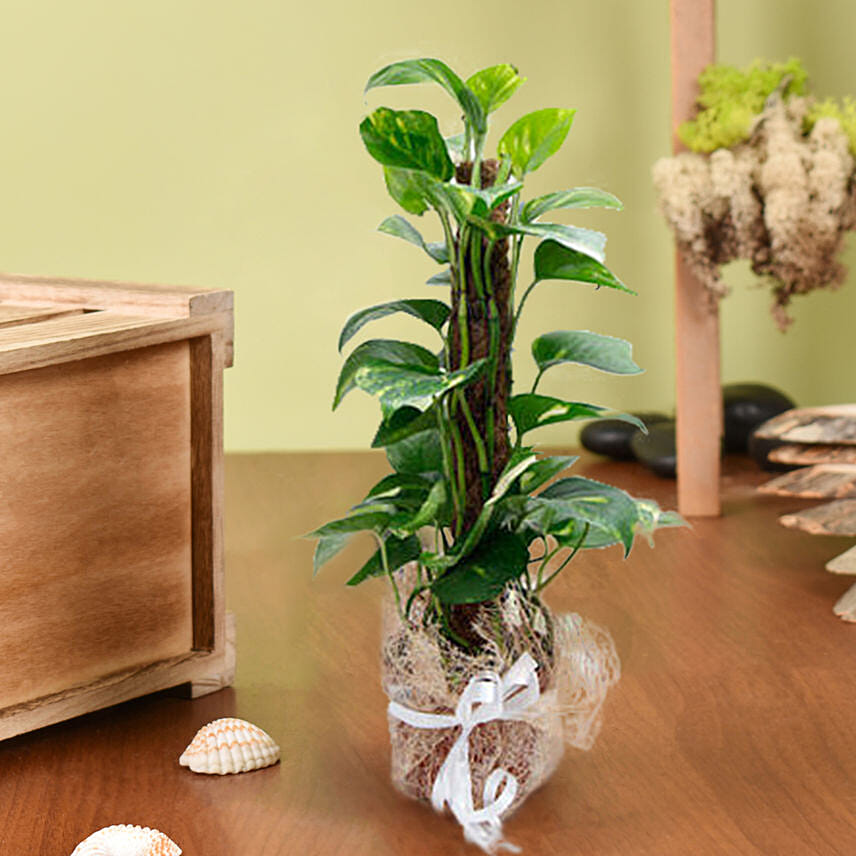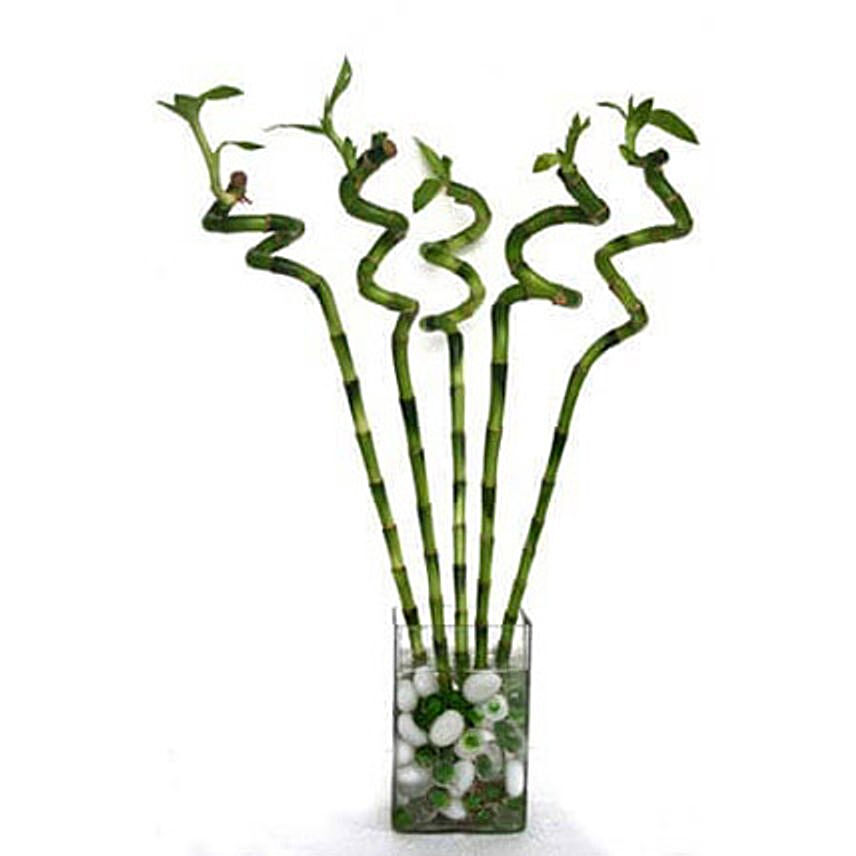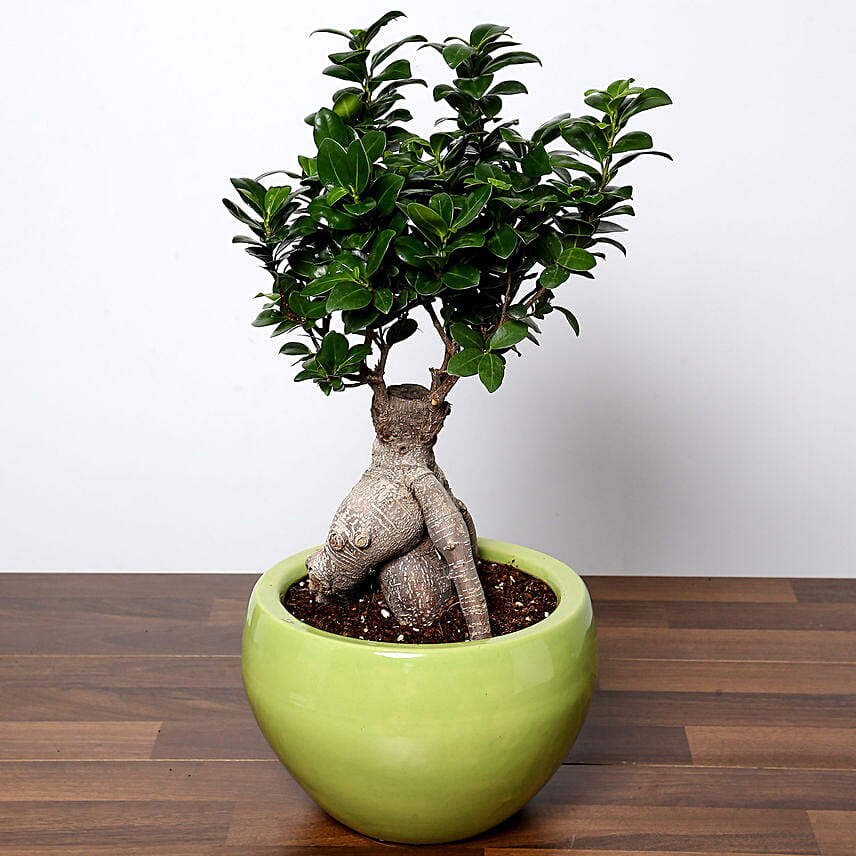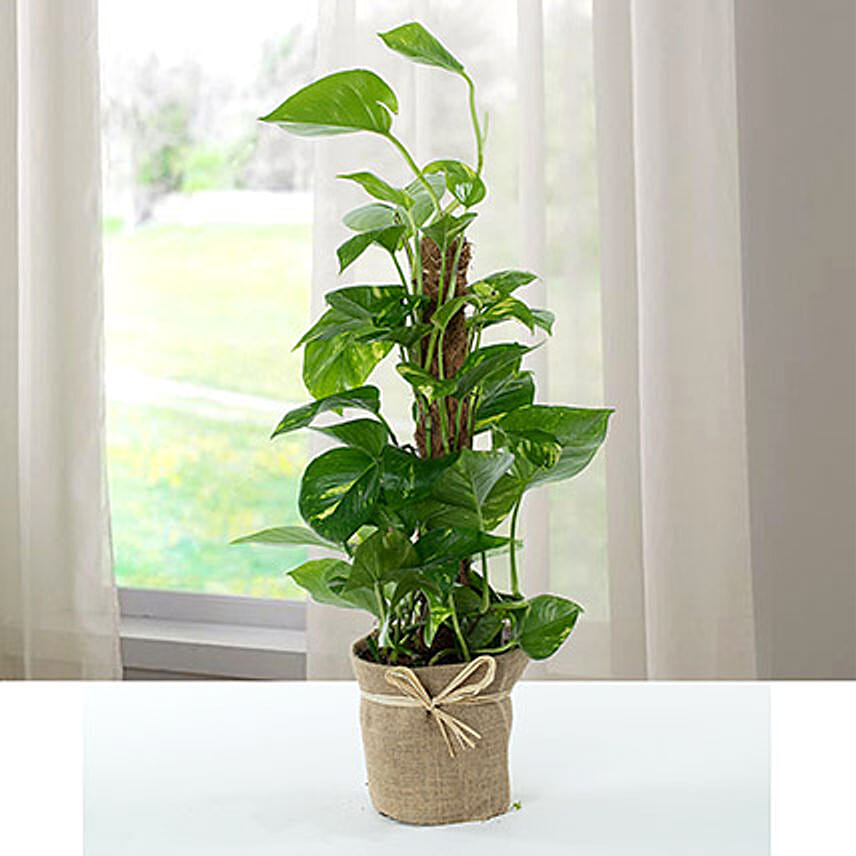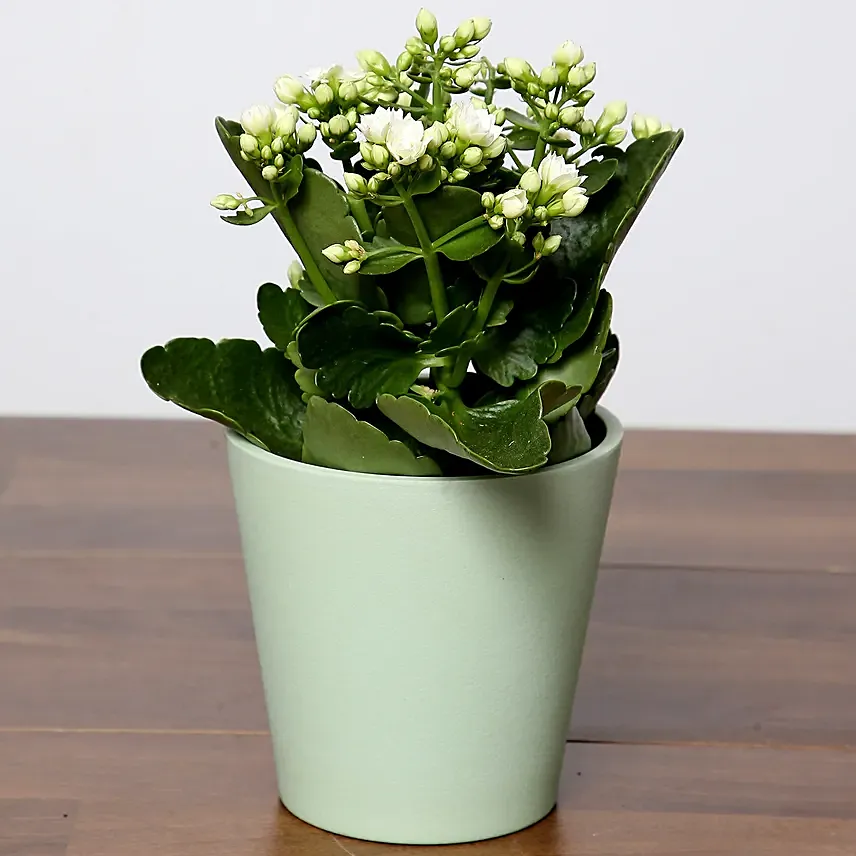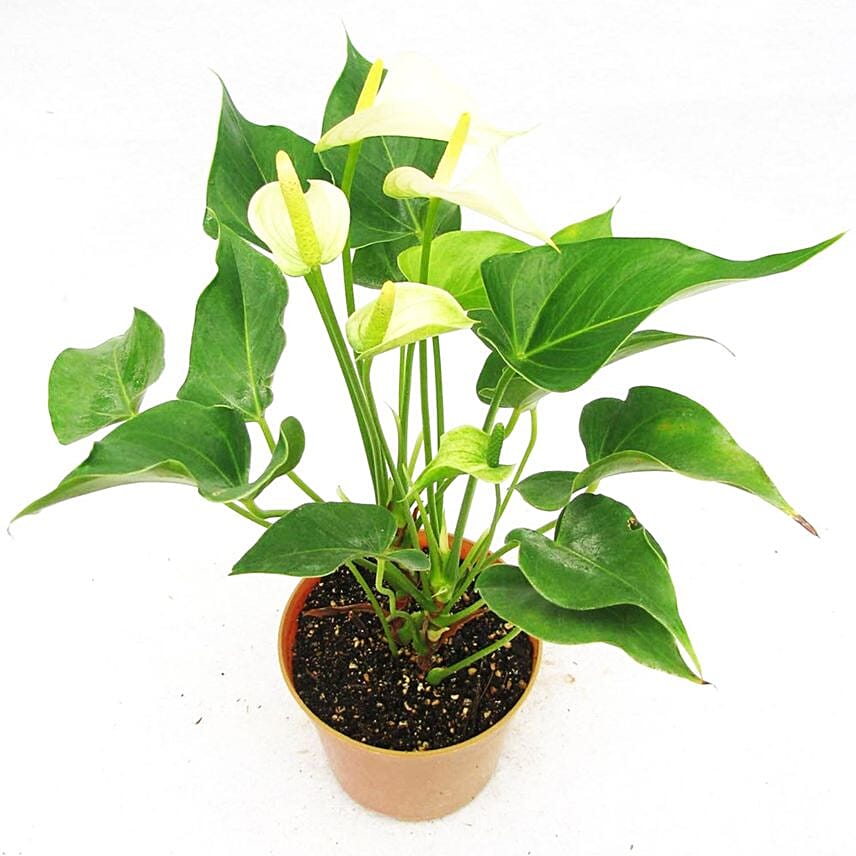Know About these Popular Jade Plants for Home and Office
- Author: Anushka Published: 16th March, 2022
The Jade plant is a beautiful and symbolic succulent that makes a popular houseplant around the world. Also known as the friendship tree or tree that ushers in good fortune, the Jade plant gives the green company and is quite difficult to kill. Therefore, they make a great addition and perfect gift for one’s place. However, not many know that the plant is a lot more than its thick branches, evenly-shaped leaves and pink and white blooms. This plant features over 1400 varieties around the world. In this blog, we talk about the most common ones.
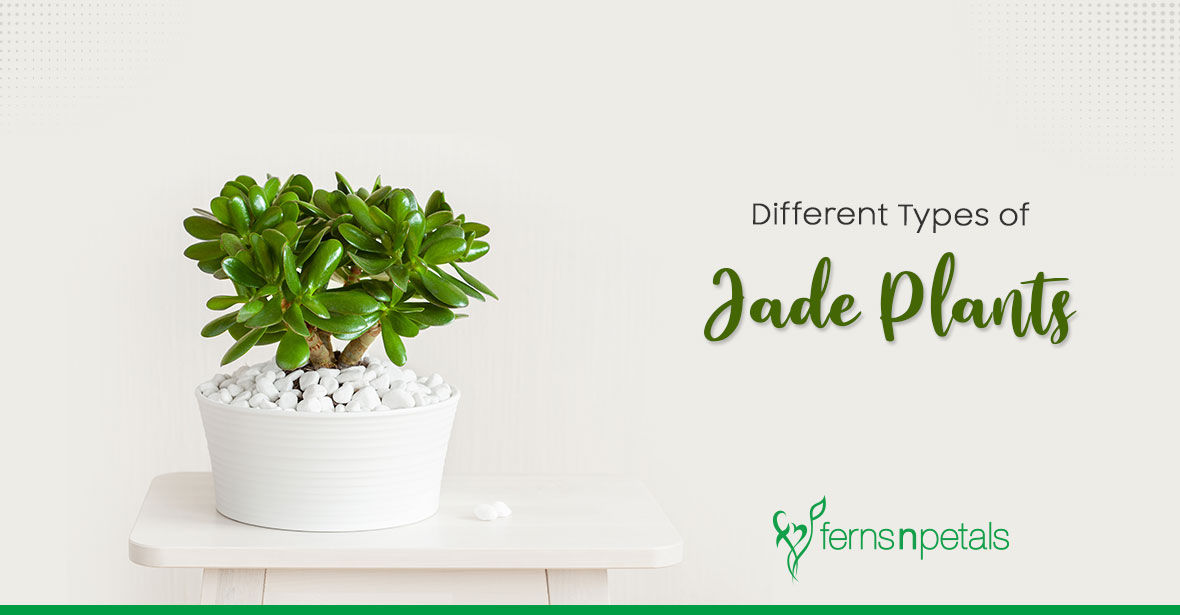
Crassula Ovata
It is the most common type of Jade plant. Crassula Ovata goes by the name of the money tree, lucky Jade and friendship plant. It was the very first variety of the plant that was discovered. It features oval-shaped and thick green leaves. During winters, pink-white flowers grow upward.
Hobbit
This one is popular for its compact and cute size. Since it does not grow any larger than 10-12 inches, it is perfect for home and office desks. It grows fleshy green leaves, pink-white flowers and red tips during early winter.
Botany Bay
Botany Bay is a compact and bushy type of Jade plant that flaunts fleshy light green leaves with red tips. It can be shaped and moulded in a way to be confined into a pot. During dry conditions, its foliage develops red blush too. Under ideal conditions, it can grow up to a height of 1 metre over a span of five years.
Harbor Lights
It is a unique one because of its distinct red colour. Harbor lights is one of the best ornamental types of Jade plants. When compared to Crassula Ovata, it has distinctively smaller leaves. You will find its tips turning extremely red during winters, giving it a radiant appearance.
Hummel’s Sunset
This type was even awarded and appreciated in 1993 (by the Royal Horticultural Society) given its breathtaking foliage colour. It features a thick bonsai styled trunk and its leaves turn red and gold as the winter arrives. As the season continues, the colours only get darker.




